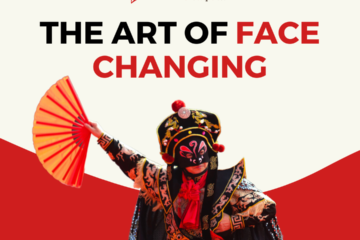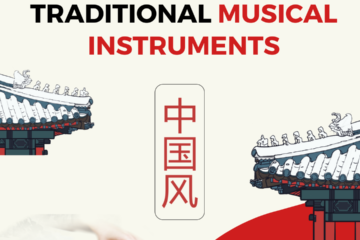Shaanxi (陕西, “Shǎnxī”) is a landlocked province with 37 million people. Its capital is Xi’an, the largest city in Northwest China and place of the former Chinese capitals: Fenghao and Chang’an. In fact, Xi’an is also one of the oldest cities in China. It is important not to confuse it with Shanxi (山西, “Shānxī”), the province that borders to the east.
Shaanxi province is divided into three distinct natural regions: the mountainous southern region (陕南,”Shaannan”), the Wei River valley (陕中,“Shaanzhong”) and the northern upland plateau (陕北,“Shaanbei”). As most people are Han Chinese, the languages spoken in the province is Mandarin and Jin, one of the Chinese dialects.
The province is particularly well-known for its food, characterised by an emphasis on strong flavours such as garlic, onion, chili, ginger, and cumin.
A symbolic dish is the home-made Biangbiang noodles, distinct for their extreme thickness, width and length, garnished always garnished with different spices, as hot red chillies, coriander, beef or mutton. The wide array of noodles, bread, and dumplings are a culinary delight for locals and tourists alike.
Situated near Xi’an, it is situated the mausoleum of Shi Huangdi, the first emperor of China and founder of the Qin dynasty. Constructed from 246 to 208 BC. as an attempt to achieve immortality, the mausoleum is surrounded by a vast necropolis divided in an inner city with a circumference of 2.5 km and an outer one long 6.3 km.
To the east of the tomb mound is situated the terracotta warrior, an international symbol of China’s history. It consists of over 8000 thousands life-size clay models of soldiers, horses, and chariots. Probably built to act as guardian figures for the tomb or to serve their ruler in the next life.
Shaanxi has an economy focused on the fossil fuel and high technology sectors, which include aircraft and aerospace industries. The capital city Xi’an is the main communication centre and chief industrial city, while Baojin and Xianyang cities are important for their road and rail lines.
Credits to: Riccardo Hu


